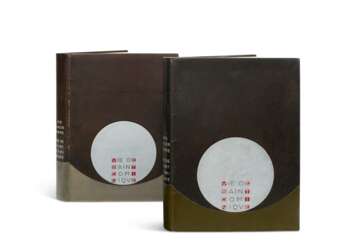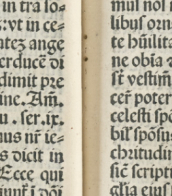gants
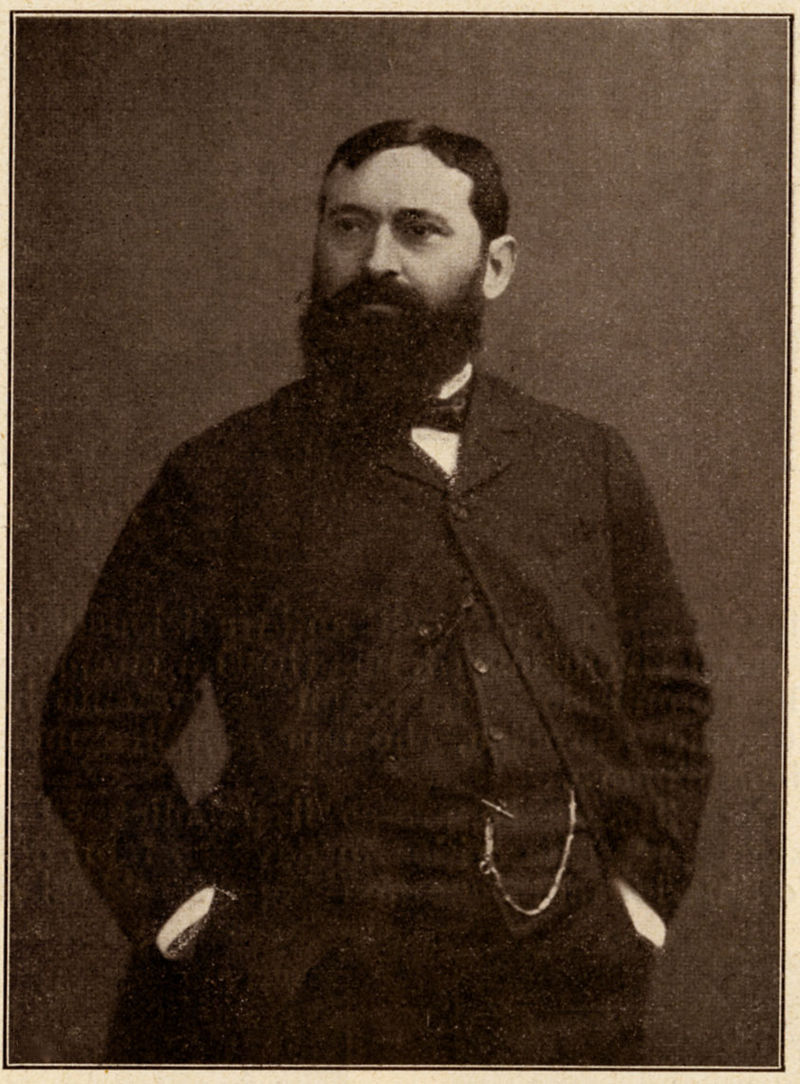
Giuseppe de Nittis was an Italian painter associated with the Macchiaioli movement, which emerged at the end of the 19th century as a reaction to the traditional academic style of painting.
Giuseppe de Nittis first studied at the Neapolitan Academy of Fine Arts before moving to Paris in 1868, where he was influenced by the Impressionist movement and the work of Édouard Manet and Edgar Degas. He quickly gained recognition for his ability to skilfully convey light and atmosphere in his paintings.
De Nittes' style can be described as a mixture of realism and impressionism. He often depicted city scenes, landscapes and portraits. His work is characterised by a loose brushwork, vivid colours and a strong sense of observation.
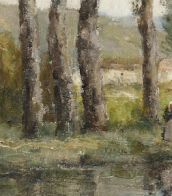
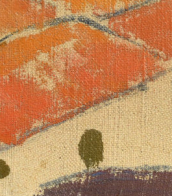

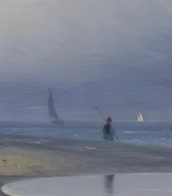

Jean-Gabriel Domergue was a distinguished French painter, renowned for his portraits of Parisian women. His education at the École nationale supérieure des Beaux-Arts laid the foundation for his artistic journey. In 1911, Domergue's talents were recognized with the prestigious Prix de Rome, marking a significant milestone in his career.
Jean-Gabriel Domergue's artistic evolution, especially from the 1920s, was characterized by a focus on portraying the "Parisian lady." He claimed to be "the inventor of the pin-up" and is known for creating a new archetype of woman in his paintings: slender, elegant, with a swanlike neck and wide, longing eyes. This signature style saw him paint approximately 3,000 portraits, including prominent figures such as Liane de Pougy and Nadine, the future Baroness of Rothschild.
Beyond painting, Jean-Gabriel Domergue's influence extended to fashion. He collaborated with notable couturiers like Paul Poiret and Henry Marque, designing dresses, hats, and accessories. His role in shaping the fashion of his era was significant, reflecting his deep understanding of elegance and style.
Later in his life, Domergue also served as the curator of the Jacquemart-André Museum in Paris from 1955 until his passing in 1962. His tenure saw remarkable exhibitions featuring the works of Van Gogh, Toulouse-Lautrec, Goya, and others, including a tribute to his own master, Giovanni Boldini. Jean-Gabriel Domergue's contributions to art and culture earned him accolades, including being made a Knight of the Legion of Honour and a Fellow of the Academy of Fine Arts.
A notable aspect of Jean-Gabriel Domergue's legacy is the Villa Domergue in Cannes, a historic mansion he built. This villa was turned into a museum in his honor from 1962 to 1973 and is currently used as an official venue by the city of Cannes. It is recognized as an official historical monument and plays a role during the Cannes Film Festival.
For collectors and experts in art and antiques, Jean-Gabriel Domergue's work represents a unique blend of classic beauty and modern elegance. His paintings offer a window into the Parisian high society of the early 20th century and continue to be a source of inspiration and fascination. To stay informed about sales, auction events, and updates related to Jean-Gabriel Domergue, consider signing up for updates. This ensures access to the latest opportunities to engage with and appreciate the work of this influential French artist.
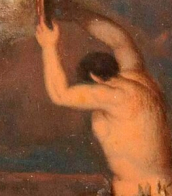
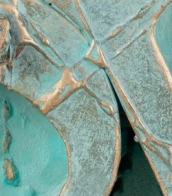

André Breton was a French writer, poet, and anti-fascist, renowned as the principal founder and leading theorist of Surrealism, an influential movement that sought to release the creative potential of the unconscious mind. Born in Tinchebray, France, in 1896, Breton's work was deeply influenced by the theories of Sigmund Freud and was characterized by a fascination with dreams, the irrational, and the workings of the mind. As a cultural icon, his contributions extended beyond literature into the realms of art, sculpture, and painting, making him a pivotal figure in 20th-century artistic movements.
Breton's seminal work, the "Manifesto of Surrealism" (1924), outlined the principles of the movement, advocating for the expression of the subconscious and the importance of dreams as a source of artistic inspiration. His leadership and writings not only shaped Surrealism but also had a lasting impact on the broader culture of art, influencing countless artists, painters, and sculptors. Breton's ability to merge poetry with visual arts led to collaborations with prominent artists like Salvador Dalí, Max Ernst, and Joan Miró, further cementing his legacy as a central figure in modern art.
Notably, André Breton's works and personal collection, which included art pieces and surreal objects, have been displayed in museums and galleries worldwide, showcasing his eclectic taste and profound influence on the art world. His Paris apartment was a gathering place for artists and intellectuals, becoming a hub of Surrealist activity and thought. For collectors and experts in art and antiques, Breton's contributions represent a fascinating intersection of literary prowess and visual creativity, highlighting the enduring relevance of Surrealism.
For those interested in exploring the depths of Surrealism and André Breton's groundbreaking contributions, signing up for updates can provide exclusive access to new product sales and auction events related to this pivotal artist and thinker. This subscription is an invaluable resource for collectors and enthusiasts keen to deepen their understanding of Breton's influence and the broader cultural movements he shaped.
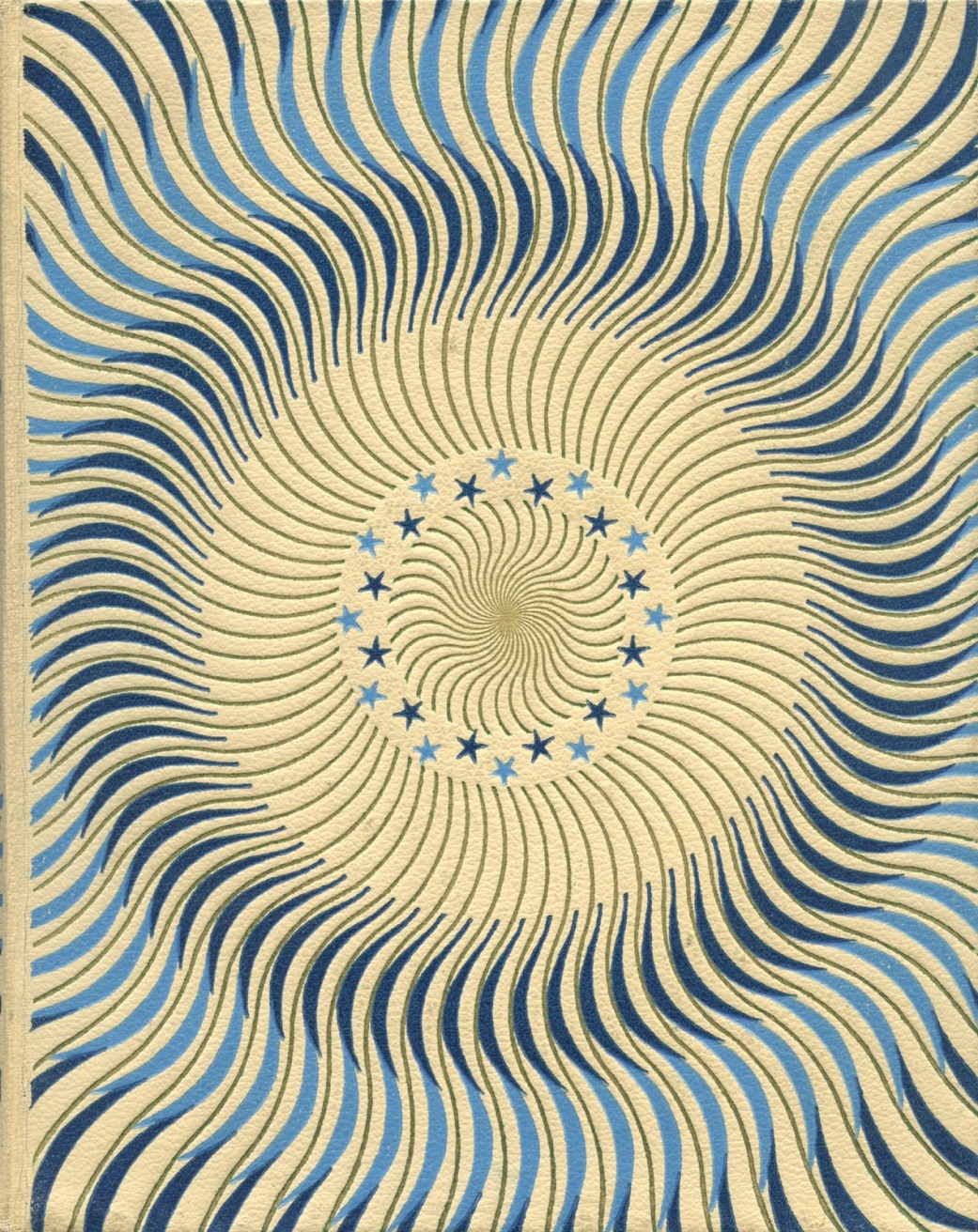
Paul Bonet, birth name Paul Joseph Ghislain Bonet, is a French bookbinder and bookbinding designer, Knight of the Legion of Honor.
Trained to make fashionable wooden mannequins, Paul Bonet worked in the fashion industry for several years and did not turn to bookbinding until 1920. His bright, colorful designs and prolific work made him famous. His first bindings were exhibited in 1925 at the Gallière Museum, then at the French Book Arts Exhibition, the Salon d'Automne and the Salon des Artistes Décoratifs, and his talent was recognized.
His decoration was particularly innovative. One of the great masters of French bookbinding, Paul Bonet became famous in the 1930s and 1940s for one of his signature patterns, "sunbeams." These patterns consist of many small lines with gold trim, carefully planned and giving the optical illusion of spatial depth.

.jpg)
Albert Gleizes was a pioneering French artist, theoretician, and philosopher, renowned for his contributions to Cubism and his influence on the School of Paris. Born in Paris in 1881, Gleizes' artistic journey began in his late teens, inspired by Impressionism and later evolving through Post-Impressionist and Symbolist phases. His early work, such as "La Seine à Asnières" exhibited in 1902, showcases his initial foray into painting. Gleizes' commitment to developing art free from commercial constraints led him to co-found the Abbaye de Créteil, a self-supporting artist community, although it was short-lived due to financial difficulties.
Gleizes' exploration of Cubism began around 1910, in collaboration with artists like Jean Metzinger, with whom he wrote "Du Cubisme," the first major treatise on the movement. This period marked a significant shift in his style towards the geometric simplification of forms, a hallmark of Cubism. His works from this era, including "Portrait de Jacques Nayral" and "Landschaft bei Paris," exemplify his innovative approach to capturing the essence of subjects through cubist principles. Gleizes was also a member of the Section d'Or group, further establishing his role in the Cubist movement.
In addition to his painting, Gleizes was deeply involved in writing and promoting Cubism, influencing the acceptance and understanding of modern art globally, including his significant impact in New York. His later works, such as "Pour Contemplation," reflect a spiritual and theological depth, moving towards a synthesis of the physical and metaphysical. Gleizes' art is celebrated for its revolutionary approach to form and color, contributing significantly to the development of modern art. His works are held in prestigious collections worldwide, including the Tate Modern and the Musée des Beaux-Arts in Lyon.
For those intrigued by the revolutionary spirit and profound impact of Albert Gleizes on modern art, signing up for updates on new product sales and auction events related to his work offers a unique opportunity to connect with the legacy of this Cubist master. This subscription is an invaluable resource for collectors and experts in art and antiques, promising exclusive insights into the world of Albert Gleizes.


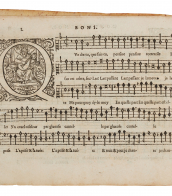


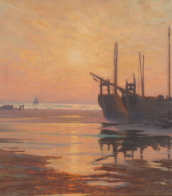


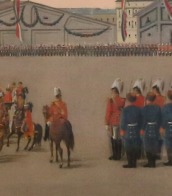
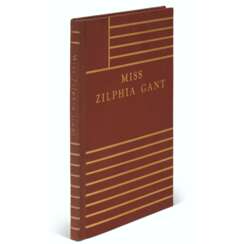

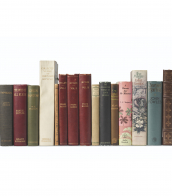
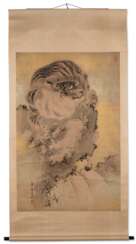

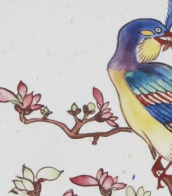
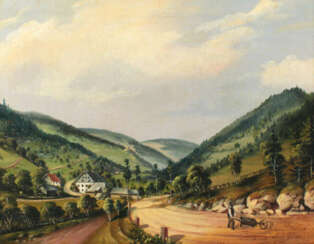

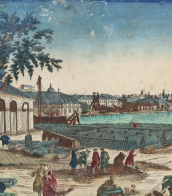


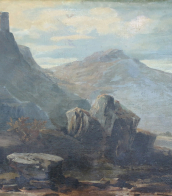
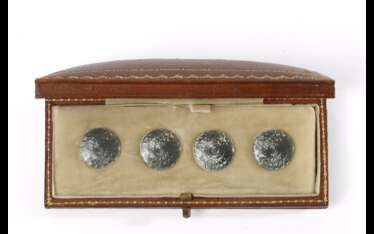


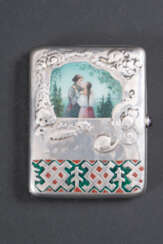

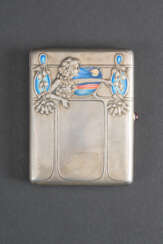




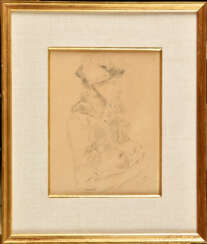

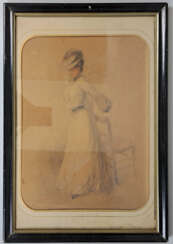

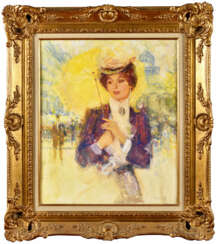

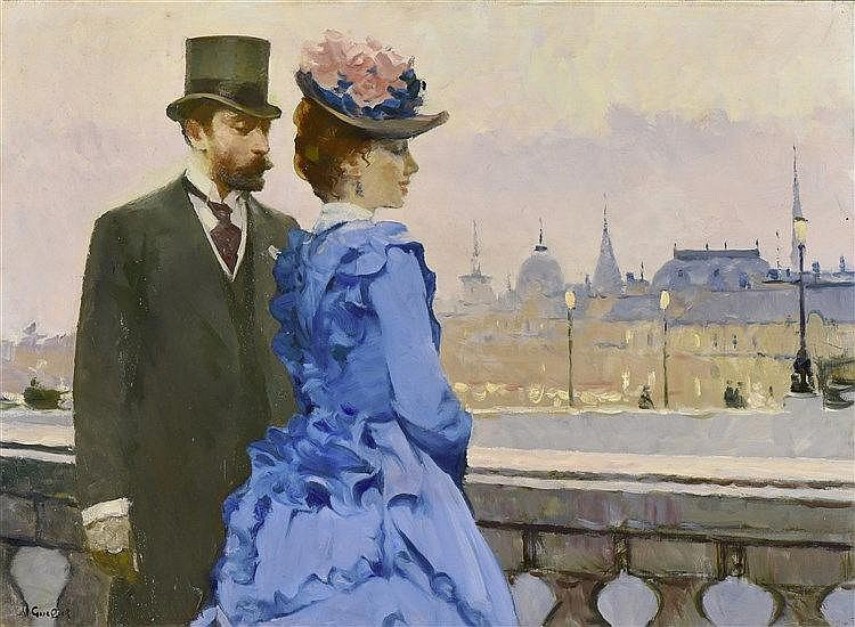
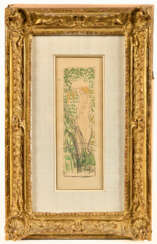





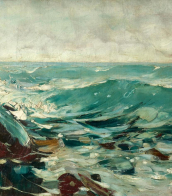
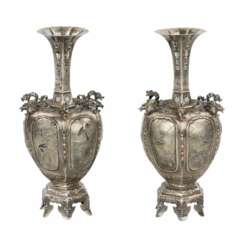

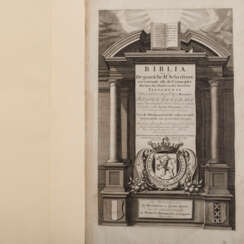








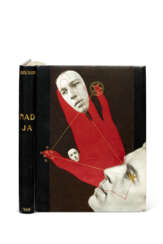

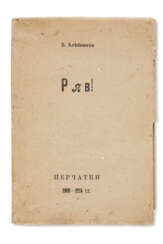


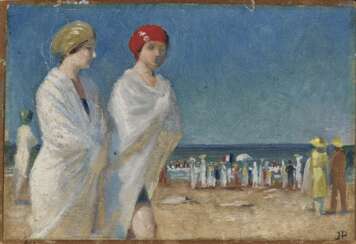

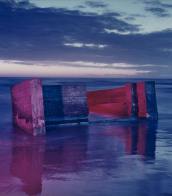
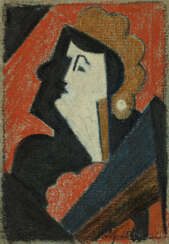




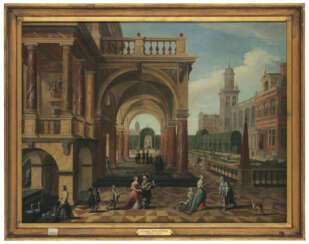

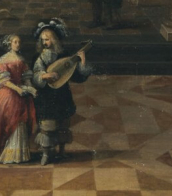
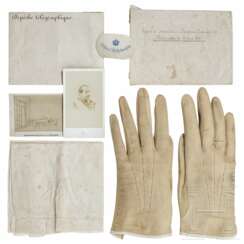

![DES MASURES, Louis (1515 - 1574). Œuvres poétiques. [suivi de] Le Jeu des Eschecz [suivi de] Vingt pseaumes de David [suivi de] Ludovici masurii nervii carmina. Lyon : Jean de Tournes et Guillaume Gazeau. 1557.](/assets/image/picture_1320932/db4a5/775f9434b16f9e6b5d511f55402899aa1616454000jpg__fix_374_244.jpeg)
![DES MASURES, Louis (1515 - 1574). Œuvres poétiques. [suivi de] Le Jeu des Eschecz [suivi de] Vingt pseaumes de David [suivi de] Ludovici masurii nervii carmina. Lyon : Jean de Tournes et Guillaume Gazeau. 1557.](https://veryimportantlot.com/assets/image/picture_1320932/db4a5/775f9434b16f9e6b5d511f55402899aa1616454000jpg__fix_374_244.jpeg)
